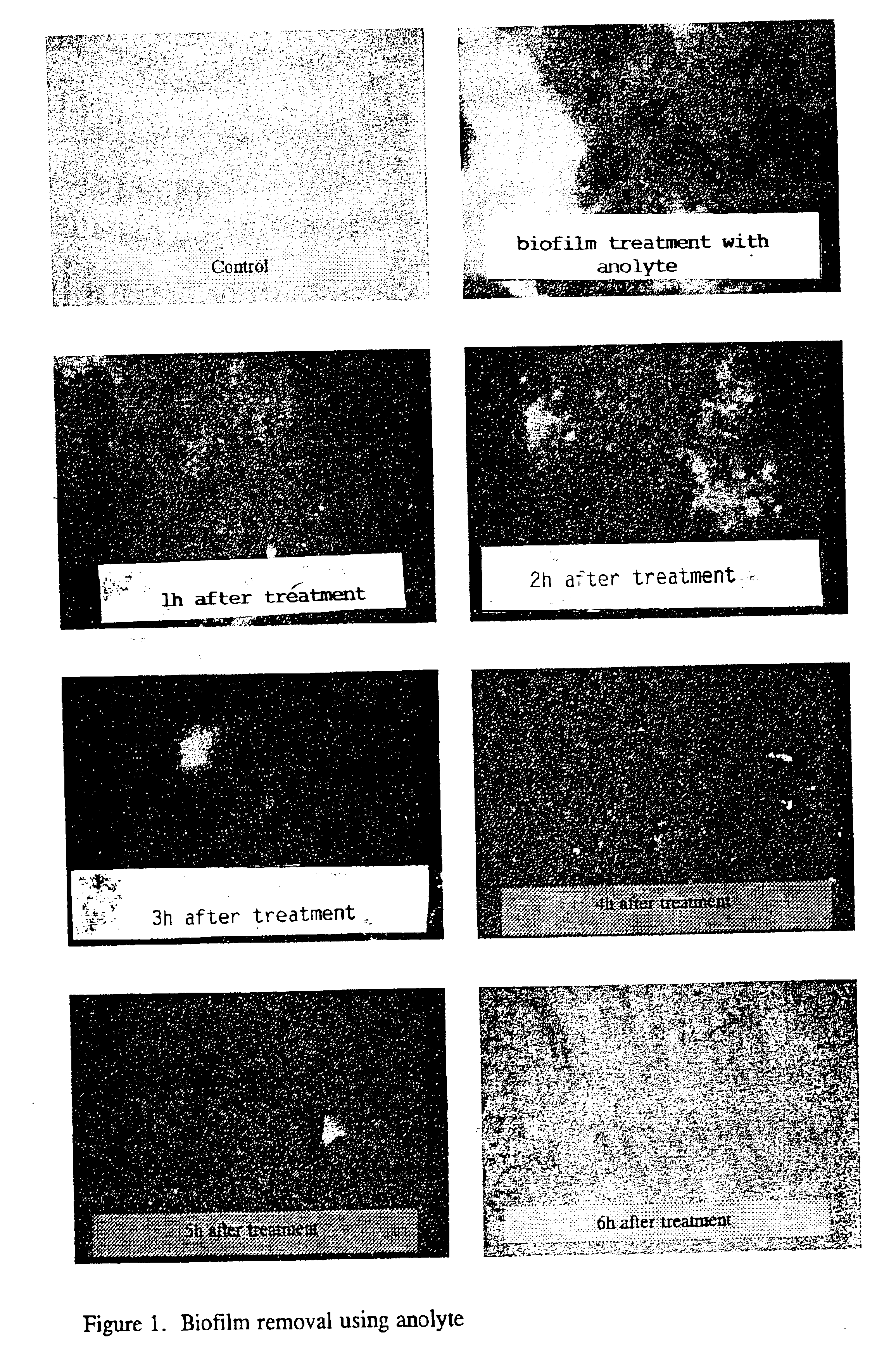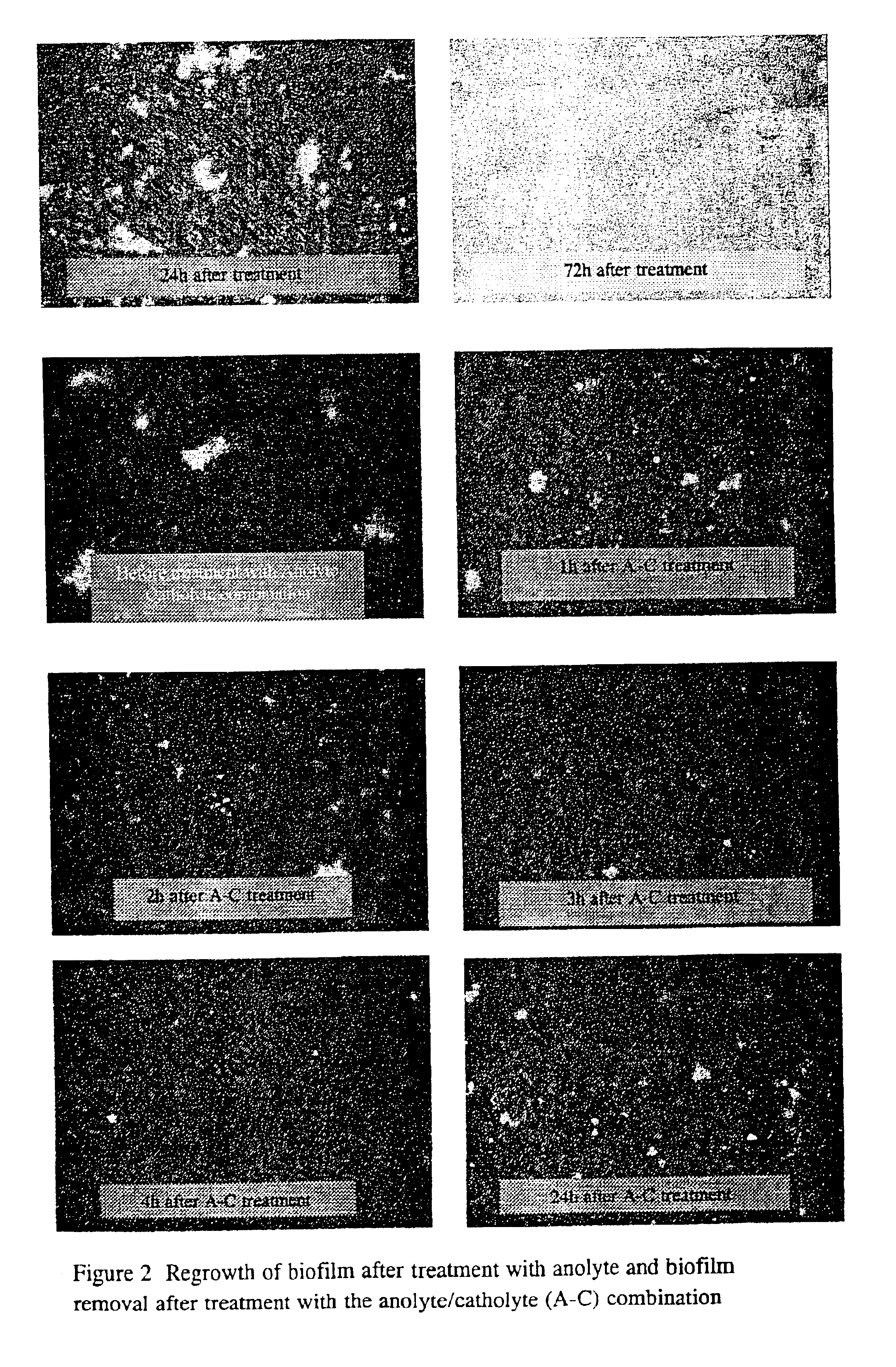However, there is, considerable concern, internationally, over the possible
contamination of the water lines in DU's.
The potential and the implications of pathogens being iatrogenically transmitted to patients undergoing dental treatment are obvious, Including the risk of
disease and even death.
In many third world countries, municipal water is not always effectively disinfected.
Bacterial biofilms promote increased
biomass deposition, resulting in resistance to fluid flow, microbial induced
corrosion and, in
industrial water cooling systems, loss of heat exchange capacity.
Chlorination of a mature biofilm is often unsuccessful because the
biocide only reacts with the outer
layers of the biofilm, leaving a healthy and substantial bacterial
community on the surface of the substrate that rapidly regrows.
Microbial biofilms are problematic in a range of industrial environments, where large areas of submerged surfaces are exposed to relatively high
nutrient fluxes, providing niches for the formation of copious surface-associated growth.
Bacteria growing as biofilms are also significantly more resistant to most of the currently known
antimicrobial agents, posing ongoing challenges for methods for their control.
While biofilm can grow in any solution, including
aviation fuel, the solutions for purposes of this discussion will be limited to aqueous solutions in DUWL's.
While most
disinfectant chemicals, when applied at the recommended dosages, serve to control both the planktonic and sessile micro-organisms in the water and on the inner surface of the DUWL's, few, if any, possess the capacity firstly to control or eliminate the micro-
organism population in the biofilm, and secondly to cause a permanent
elimination of the
inert GCM adherent to the DUWL's.
Conventional chemical
disinfectant compounds are unable to influence the micro-biochemical
redox reactions and as a result fail to dislodge and / or eliminate the GCM in
disinfectant treated biofilms.
Dispersing products with specific surfactant properties have been employed, with limited success, to dislodge the GCM, but these products either do not have microcidal properties or are incompatible with known microcidal chemicals.
The suggested flushing protocol, as recommended by the U.S. Department of Health and Human Services, could diminish planktonic organisms, but will not eliminate or control biofilm.
None of these methods however has been shown to eliminate biofilm or prevent its formation.
This cannot be achieved merely by cleaning or disinfecting the DUWL's periodically.
However, very soon after such an installation, an “independent”, new, biofilm which feeds on itself can and does form, leading to similar kind of
contamination.
Indeed, the mere act of installing the self-contained water
system will not eliminate any existing biofilm.
If sterile water is fed into a
system with a well-developed biofilm, the water that is delivered at the end will be heavily contaminated.
This proximity represents an untenable situation, because the filters are bulky and thus
impact negatively upon the ergonomic handling characteristics of the dental handpiece or the triplex
syringe.
Two issues are at stake, namely safety and
efficacy.
Incorrect use of
biocide gives poor results and is expensive.
Hydrogen peroxide however penetrates cells, causing site-directed damage due to
metal-dependant OH formation.
Most bacterial mutants cannot survive due to incoherent
metabolism, so that
peroxide treatment at low concentration leads to slow death.
HOCl does not enter freely into eukaryotic cells but attacks surface and
plasma membrane proteins, impairing transport of solutes and the salt balance.
It is an unstable gas.
It further degrades the EPS holding biofilms together, so that
treatment results in loosening of the biofilm.
This leads to loosening of scale from the surface.
Ozone has a very short half-life and therefore has to be generated on site.
NaOCl is also very effective in biofilm control and improving dental treatment
water quality, but there are substantial disadvantages, such as that it is highly toxic and even fatal in concentrated form, particularly at the concentrations at which it is at its most effective as an irrigating medium.
Further, NaOCl is also very corrosive and is therefore damaging to the DUW
system in the medium to long term.
Recent studies have shown
sodium hypochlorite to be corrosive to teeth, causing tooth embritllement.
However, the heightened electrical activity and altered physico-chemical attributes of the solutions differ significantly from the inactivated state, but yet remain non-toxic to
mammalian tissue and the environment.
Most of the earlier technologies that have employed electrolytic activation to generate biocidal solutions have not been capable of separating the anolyte and catholyte solutions during generation in the
cell.
A further
disadvantage of the acidic anolyte solutions proposed in PCT / US99 / 29013 is that they are advocated merely to reduce bio-film, and thus their apparent inability to eliminate bio-film, potentially allowing the DUWL's to develop resistant strains of bio-film, with the accompanying implication of serious health risks.
In fact, it is common knowledge that disinfection of water does not show / prove
elimination or even reduction in bio-film.
Furthermore, such a product would be more corrosive than one with a higher pH and a lower
chlorine content.
In addition, the relatively high concentrations of
sodium hypochlorite generated result in the generation of relatively high levels of tri-halomethanes, particularly at lower pH values, thus increasing the carcinogenic potential of the solutions.
PCT / US99 / 29013 thus proposes the use and incorporation of a
sodium hypochlorite generator, which has contingent disadvantages and which defeats the whole purpose of using electrolytically activated
saline solutions as biocides.
 Login to View More
Login to View More 


